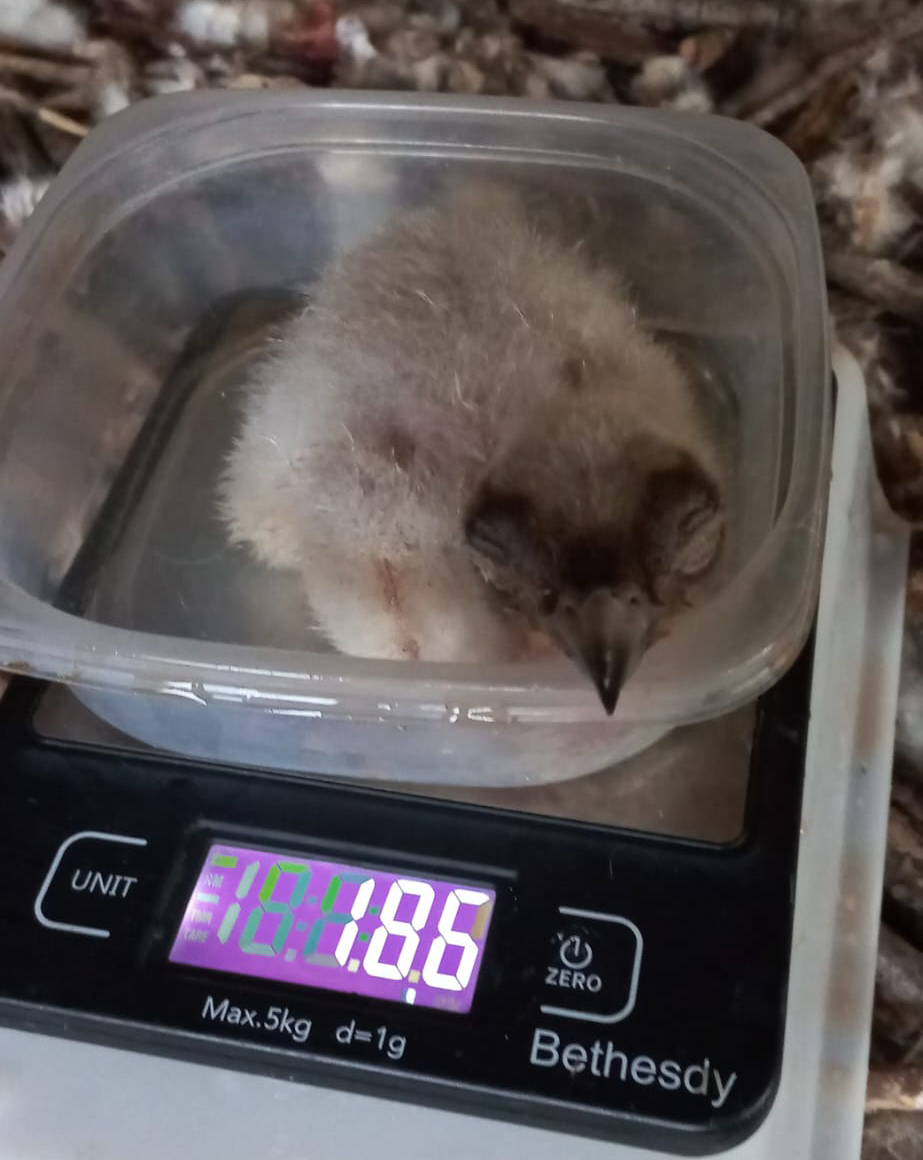With the Bearded Vulture breeding season well under way we thought we would look back on the 2018 breeding results from the Bearded Vulture Captive Breeding Network and share our plans for the release of young birds into the wild over 2019.
The Bearded Vulture Captive Breeding Network

The network consists of 37 mostly European zoos, five specialized breeding centres and two private collections, that are home to the 175 birds which make up the Bearded Vulture European Endangered Species Programme, organised under EAZA (European Association of Zoos and Aquaria), which we coordinate. This captive-breeding network works to safeguard the endangered wild populations of the species by coordinating and managing the population in captivity to ensure the best genetic diversity and breeding outputs for reintroduction.
A record-breaking year
The 2017/18 breeding season continued the trend of the three previous years of breeding results from within the Bearded Vulture Captive Breeding Network with 41 pairs of Bearded Vultures laying 66 eggs and producing 24 young birds.
However, there was an abnormally high mortality rate of young birds in the 2017/18 season, the highest in the 40-year history of the EEP, with eight chicks dying after hatching. Also during this season 10 fertile eggs were aborted at different incubation stages. Despite these unfortunate losses five new pairs produced their first clutch last year with one pair successfully raising a young chick, a result that in the 2018/19 breeding season we hope will increase.
More females than males

Part of coordinating the Bearded Vulture Captive Breeding Network is to carry out demographic and genetic analyses and managing a studbook of breeding results to determine which birdsshould be released or kept for breeding. In the 2017/18 breeding season of the 24 young fledgings one sadly died just a few days after fledging and 11 were added to the Breeding Network to help maintain the genetic diversity of the captive population. The current captive population has an imbalance toward females, something that he hope we can address in the coming years.
Releasing Bearded Vultures into the wild

The captive breeding population of Bearded Vultures has been the foundation for the successful reintroduction of the species across Europe. Since starting in 1978 we have coordinated this collaboration of different organisations from many different countries in Europe, all working to restore the bearded vulture to its former range across Europe.
In 2018 we released 13 young birds in five different regions across Europe. We released four birds in the Alps in Switzerland and Austria to continue to diversify the genetics of the reintroduced population in the Alpine region. Three birds were released as part of our LIFE GypConnect project in the French pre-Alps (Baronnies). In Spain four birds were released as part of the successful ongoing reintroduction project in Andalucía, which has already reestablished the species in that region . Last year we added a new reintroduction project in Spain’s Maestrazgo region where we released two birds, helping to connect the Andalucía and Pyrenean populations.
Releasing Bearded Vultures in 2019
There is much hope that the 2018/19 breeding season will beat the 2017/18 season for breeding results. We anticipate five of the new pairs from 17/18 will be more successful in their breeding this year and seven new pairs will reach sexual maturity in 18/19 and be successful (three of the seven started to mate in the 17/18 breeding season).
In 2019 if we have around 20 young birds produced, we hope to match the number of birds released in 2018 as well as retaining birds for the Captive Breeding Network. Should we have a good year or even an exceptional year with more than 25 young birds we plan to release even more birds into the wild.
From May to July 2019 we will release birds in six sites: continuing the genetic diversification of the Alpine population by releasing birds in Switzerland, in the Grand Causses and Baronnies as part of our ongoing LIFE GypConnect project, in Spain we will continue releasing birds in Andalucía and release young birds for the second year in the new reintroduction project in the Maestrazgo, and this year resume releasing birds in Corsica after the 2017 releases there.
As the breeding season continues, we’ll keep you up to date with the latest news breeding results.



